Become peace, until peace becomes your only reality.
Kyle Greenfield, TheJoyWithin.org
No matter where you are in life or how spiritual you are, finding a sense of inner peace is a constant yearning you may face. Learning to become at peace with yourself is one of the most basic human desires, and is often a skill that requires a lot of practice.
In this post and podcast, we’ll outline a simple framework you can use to feel more at peace with yourself every day, regardless of whether you’re reliving past regrets, stress about a current situation, or worried about the future.
The Key To Finding Peace Within Yourself
How To Make The Most of This Post:
First: Listen to the podcast below.
Podcast – How To Become More At Peace With Yourself
Hello and welcome back to The Joy Within’s podcast. Today I want to talk about what it takes to feel more at peace with yourself. This has been on my mind a lot recently, as I’ve been working with a client who -a number of years ago, took some actions that she now regrets, and rightly or wrongly, she blames herself for creating drama and tension in many of her close relationships. And these past regrets are carrying forward and creating most of the negativity – the depression, the anxiety, the loneliness – that she feels today.
She is unable to feel at peace with herself, and because of that, just keeps beating herself up. Over, and over again.
Now, I think this kind of inner conflict happens to a lot of us. There are a lot of reasons why our minds convince us that we can’t be at peace. Sometimes it’s external stressors that seem to be crowding in on us, sometimes it’s a sign of uncertainty or indecision, and sometimes it’s because – like this client – we feel trapped, focusing on something in the past, something we see as fixed, permanent, that we just can’t get past.
Fundamentally, I don’t think it really matters what the trigger – the reason we might point to – is. If we could step back from ourselves. If we could zoom out and look back down, I think we would find that this lack peace always comes down to the same root cause.
We have to learn how to become peace, until peace becomes our only reality.
The reason we think we cannot feel at peace, is simply because we have not sufficiently trained ourselves to focus on peace. I know on the surface this sounds like a Catch-22: The solution to feeling at peace is to feel at peace. Great. That’s not very helpful.
But, there’s actually a really clear mental framework I like to use to help enter into that state. First, we have to know what peace really feels like, and by that I mean true, inner peace. Not a peace that is an absence of negative circumstance. not a peace that is just “Oh, I took a few days off and went to the beach.” I’m talking about the real feeling that is always within you, emanating from you, just waiting for you to turn and start focusing on it.
Because that peace is indefatigable. There will always be circumstances – always a reason pressing in on you, or a past regret waiting to crop up – that will appear to strip your peace from you. But it can only do that if you think peace is circumstantial. If you know, with clarity, that you already have a sense of peace within you, then you can overcome whatever negativity is present in any circumstance you might face.
That’s Step 1. The knowingness. The foundation. Even if you don’t feel like you can tap into that sensation all the time. Even if you just glimpsed it once on a retreat 10 years ago. If you know that it is there, you have the ability to come back to it.
The 2nd part of the framework I use is to accept that I am not always going to feel peaceful. Again, I know that sounds a bit counterintuitive — how does knowing you’re not always going to be peaceful help you to feel at peace? — and the reason is because it resets your expectation. It makes the game winnable. I like to think in terms of popping in and out of different states of being, or, you might say, a game of choosing where I’m going to place my strongest point of focus.
I find that this is a really lighthearted way to fool myself into a feeling of acceptance of my own faults and missteps. Because it is only ever our own limiting beliefs, our self-criticisms, that drag us out of our natural, inner peace.
That client I mentioned isn’t struggling to feel at peace because of what happened in the past. She’s struggling because she keeps bringing that past forward into the present. She keeps repeating the story that she should have done something else, or should be thinking something else now. It doesn’t matter whether it was 10 years ago or this morning, reliving those thoughts prevents her from connecting to her natural, inner joy, now.
Not feeling peaceful is a symptom of not being present in this moment. It’s like a warning light flashing, telling you that a past regret or future worry has invaded your mind. You have “popped out of” the peace of the moment.
Sometimes for a second. Sometimes it spirals on for hours (or days or years). But if – instead of beating ourselves up for not feeling peaceful, we could simply step back and say “oh, you know what, I started thinking some very not-peaceful thoughts there” we’d be better able to let those thoughts go, and to come back to our natural peace.
Feeling at peace with yourself isn’t something that you accomplish once and rest into forever. Peace is a choice we must make in each and every moment. Become peace until peace becomes your only reality. That means you choose peace, now, in this moment. And then you choose it again, now, in that moment.
There are many, many strategies that can help you to do that – and giving you that toolkit, the practical, real-world techniques that work whenever, wherever you need them – is a core part of what we teach here at The Joy Within.
But fundamentally, it’s that shift in focus that matters. The decision to come back to your peace over and over and over again. Because you already are peaceful. You already can rest at peace. You just have to get that annoying little voice in your head to quiet down, so you can rest into that natural peace more easily.
That’s the game. So when you’re ready to start making that choice for peace more easily, more consistently, we’re here to help. Just head over to TheJoyWithin.org to get started. Because you shouldn’t have to struggle with not feeling at peace. We all deserve to feel calm, confident, and happy, no matter what is going on in front of us, or what we think we’ve done in the past. It’s only our constant reliving of it, our constant belief that we can’t be at peace, that keeps us from it. And if you’re feeling trapped in that, you have to break the cycle. You have to shift your focus. You have to win this fight against yourself. Because peace is effortless, and it is available to every single one of us, as deeply, and as often as we choose.
The Meaning of Being At Peace With Myself
Before you can learn to practice peace, you must first understand what it means to be at peace with yourself.
Many people think that peace means they must shy away from the challenges of the world, have a deep spiritual practice, or spend hours in meditation. While you may find it is easier to be at peace when you simplify your life, doing so is not necessary to attain peace.
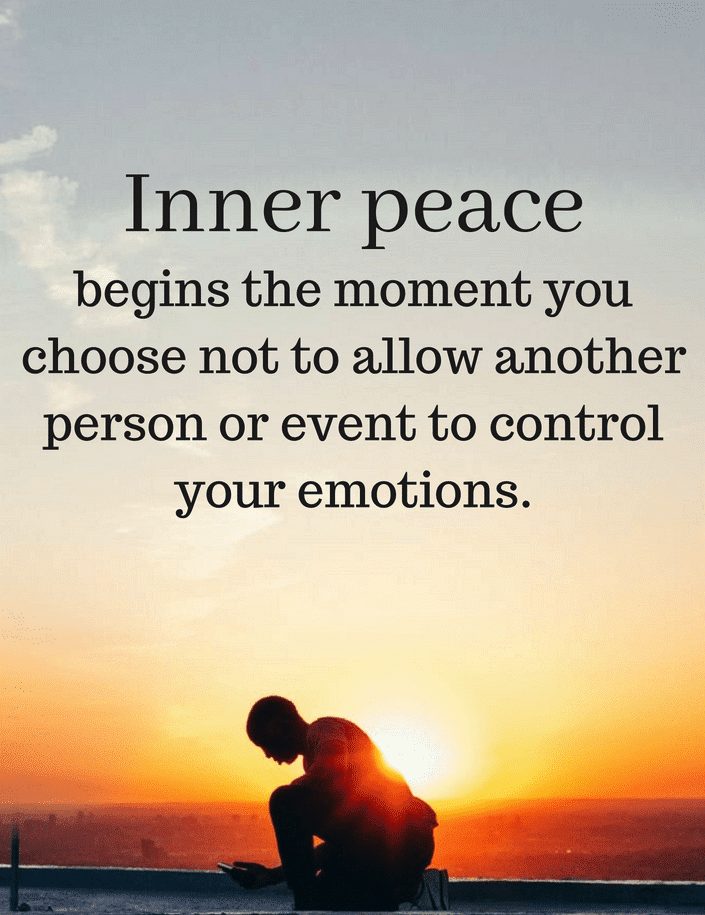
Being at peace with yourself simply means that you have an ability to focus on your natural energy of joy. This joy rests within each and every one of us at all times, and is always available to you, should you choose to focus on it.
When you can learn to feel this intuitive source of stillness, you will also feel an overwhelming sense of peace, happiness, and love, which cannot be overcome by the circumstances around you.
Knowing how to rest more consistently in this state of unconditional love is the essence of being truly at peace with oneself.
While this may sound like a lofty ideal, it is actually a realistic aim for most people, as long as you follow a few core ideas and techniques.
Techniques and Exercises for Being at Peace With Yourself
Finding Inner Calm by Focusing on the Breath
The first technique for increasing your sense of peace is to learn to draw your attention to your breath. You can do this through meditation, but you can also find immense benefit from noticing your breath as you move throughout your normal life.
Just by taking the time consistently throughout the day to pay attention to your breath, you will begin to tap into your natural joy, and will begin to feel calmer and more peaceful, every day.
The key to applying this exercise is simple: take the time to observe your breath every single day, many times throughout the day. I like to stop every 20-30 minutes to take a few seconds simply to breathe and to notice my environment. If you adopt this single practice, more than any other technique I’ve experience, you’ll quickly become more spiritual, and will be able to develop a near constant state of calm that remains with you as you move throughout each day.
The process is simple.
The first step is to take a few large breaths, inhaling and exhaling loudly to release any excess energy with a loud sigh. If you are in a public space (and cannot breathe loudly) you can modify this step to have a few cycles of “hushed sighs,” in which you forcefully exhale your air silently, releasing any unnecessary tension.
The next step is simply to observe the breath. As you breathe in and out for the next few cycles of air, notice how the air moves through your body. Notice any sensations that come to you, whether they are physical points of contact with your breath, or energetic ideas of peace, stillness, or calm.
You can remain with your breath for as long as you’d like. I recommend at least 3-5 cycles of breath, which for most people is about 30-60 seconds. This simple pause, repeated consistently, encourages you to become more mindful and to appreciate more of the joy that is already present in your life.
The last step for this exercise is to commit to making it a habit. Integrating this exercise into your daily routine is the core step that will cause you to feel more peaceful, on command.
Accept the Present Moment
Another great practice of learning how to be at peace is to accept the present moment for what it is.
Often, we create unnecessary struggle because we believe that wherever we are is not already perfect in its own way. We focus on doing more, having more, and being more so fully that we imply to ourselves that we are not yet good enough.
Learning to accept the balance between wanting to grow and expand as an individual (in whatever form that takes for you) and accepting the journey right where you are will dramatically increase your sense of ease, peace, and fulfillment as you progress through life.
Read more about how to be present and live in the now.
Release the Past Guilt and Future Worries
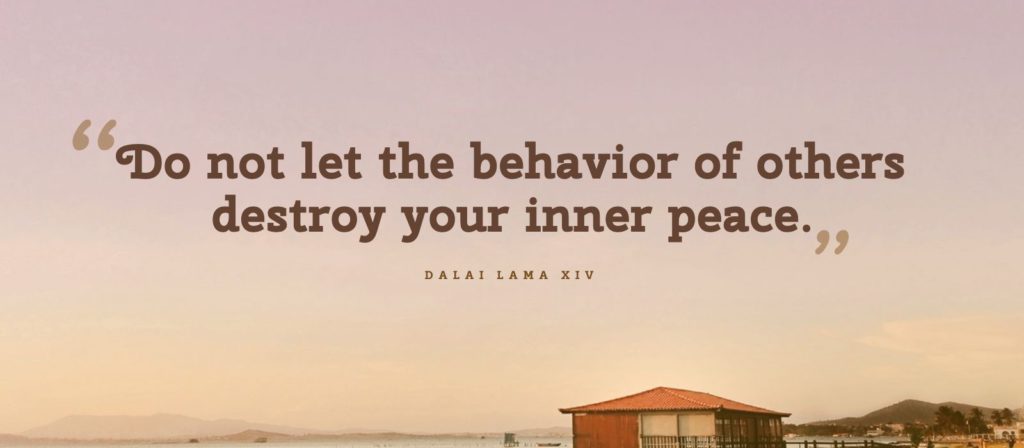
Hand in hand with accepting the present moment is our ability to release the concerns of the past and future. More often than not, we spend so much time preoccupied with what has already happened, or with what might happen, that we fail to notice the inherent beauty, joy, and perfection that surrounds us.
When we insist on holding onto negative emotions from the past – no matter how “justified” you think they may seem – we stop ourselves from feeling our inner joy. The same is true when we extrapolate into the future.
Learn how to let go, stay centered in the present moment, and you will feel more peaceful immediately.
Practice Loving Kindness for Yourself and Others
Along with accpeting the present moment is the idea that you must also accept yourself. You will never be at peace so long as you continuously judge yourself for your mistakes, and other people for theirs. Instead, strive to learn how to practice loving kindness and compassion in all of your thoughts and actions.
When you can recognize that we are all human, and that we all experience the same fundamental struggles, which we express in different forms, you take a major step forward in becoming more compassionate, kind, and loving towards yourself and the world around you.
Develop a Habit of Appreciation
Lastly, remember that peace is a choice that comes through your own decisions about where to focus. When you focus on the good that is already before you, you grant yourself the ability to feel positive emotions, including peace, joy, fulfillment, and love.
Take the time to develop a habit of appreciation by focusing on the good that is around you in every moment. Whether that means appreciating a flower, a bird, a piece of music, or a compliment from your spouse or co-worker, appreciation can be found anywhere…as long as you train yourself to find it.

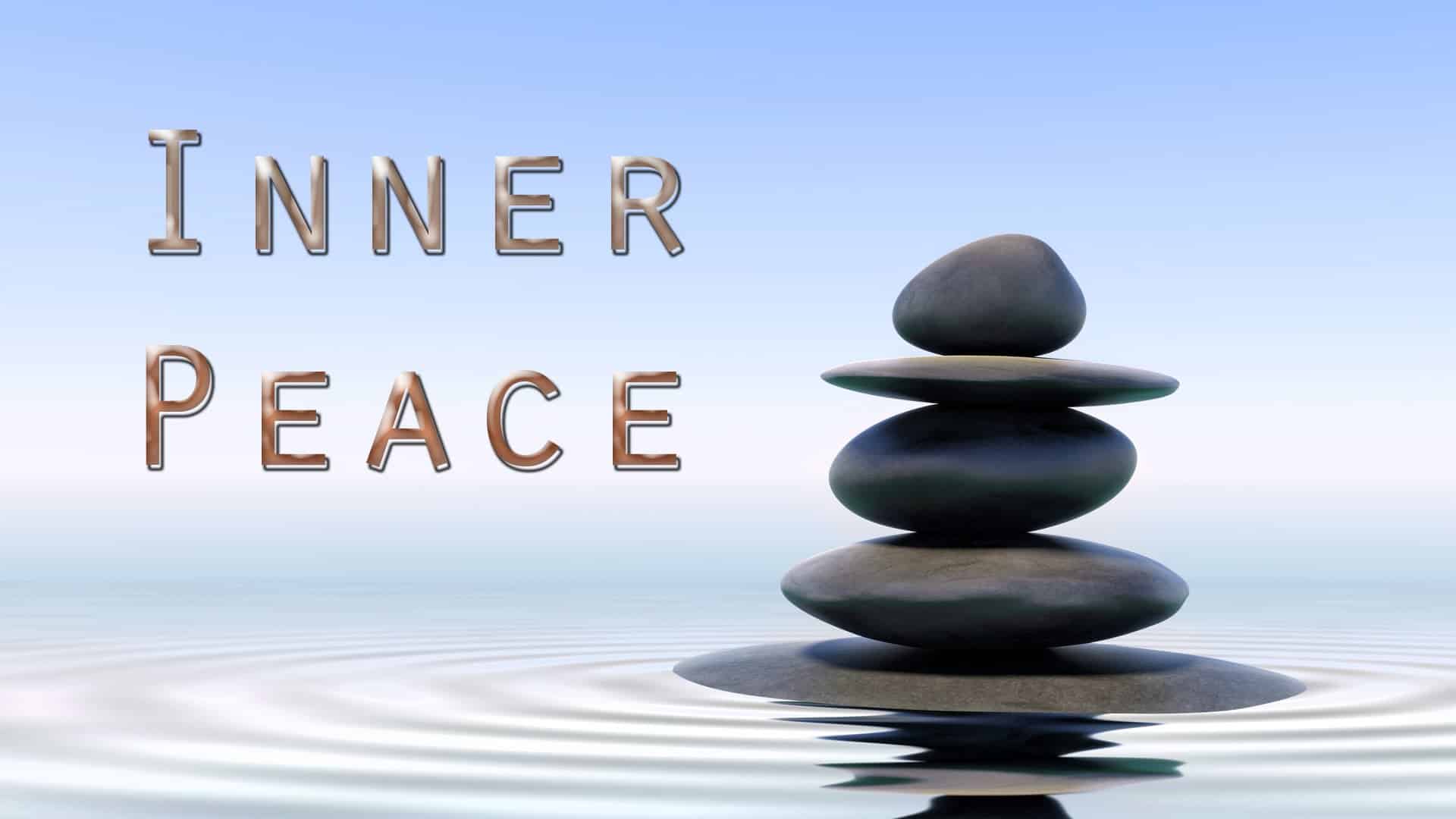
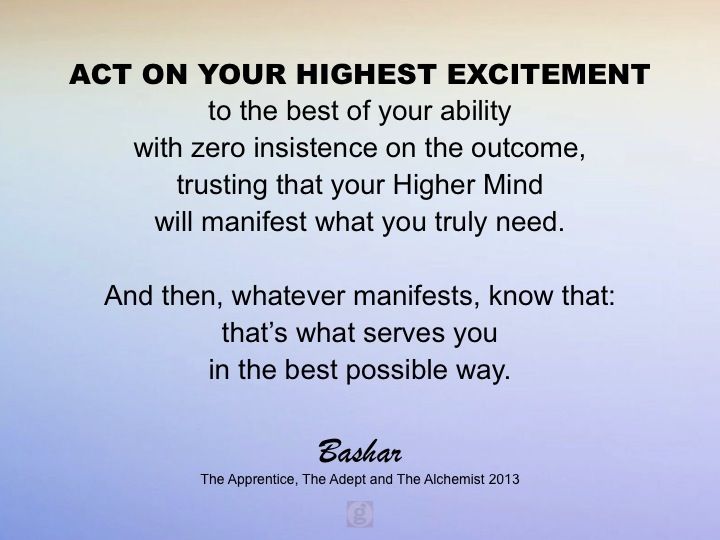
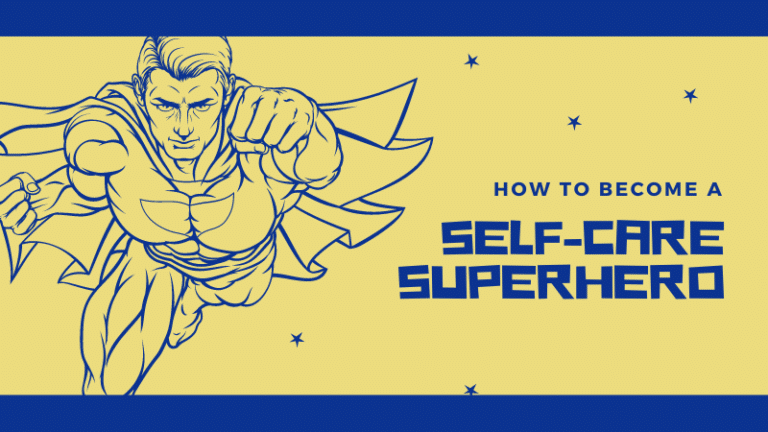
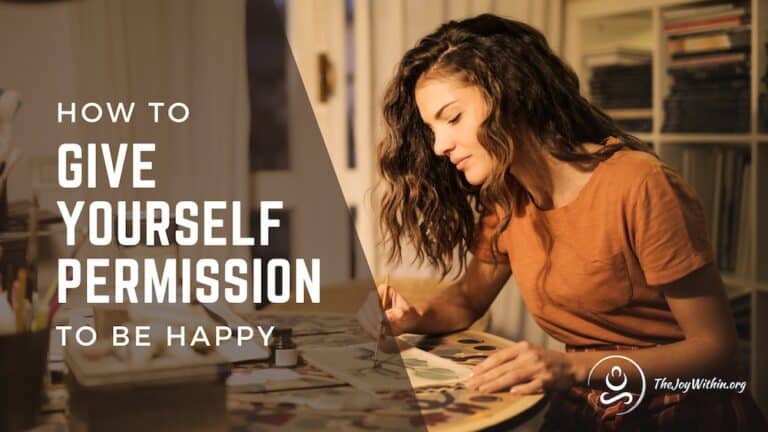
Thanks for the article! Gratitude is my favourite practice. It’s so easy to get caught up in everyone else’s negativity and gratitude is the perfect antidote.
What a great article! Thank you so much!
I have tried many of these techniques and I can’t be at peace, having faced prejudice and discrimination since arriving in North America 33 years ago. I have worked hard all of my teen-and-beyond life and because of perpetual prejudice (mostly at professional and government level), I have been cheated out of many career opportunities. Because of all those set backs, my family is now suffering financially. We’re not technically poor but are scraping the bottom of the middle-class. Had my name been John Stevenson or some other Anglican form, I would’ve become an executive of some organization. How do you suggest I make peace with myslef? Thanks.